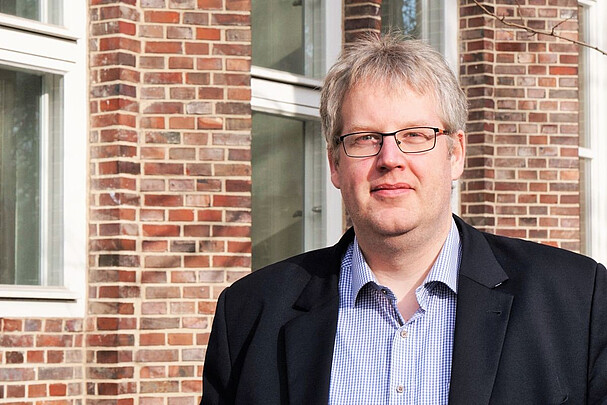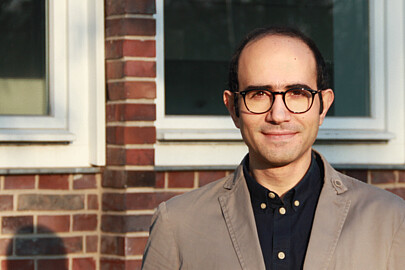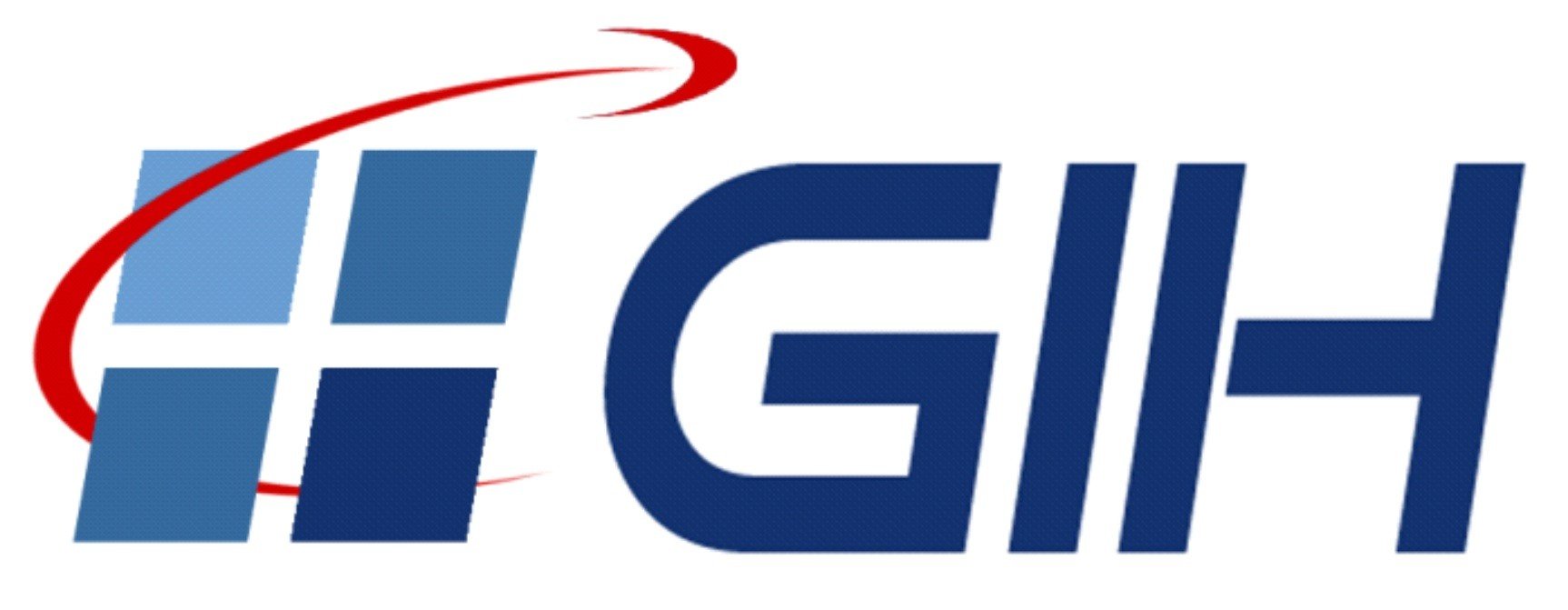The working group of interdisciplinary monitoring is at the cutting edge of developing advanced geodetic measurement and analysis techniques aimed at enhancing deformation monitoring for civil infrastructure, structures, and complex deformation processes. The group integrates both contact and non-contact geodetic methods, combining classical and modern deformation analysis approaches with AI-driven techniques. The research focuses on achieving accurate, robust, efficient, automated, and intelligent deformation analysis, anomaly detection, and geodetic-based structural health monitoring.
The group’s research includes key projects that employ various geodetic measurement techniques for different deformation models, such as congruence, kinematic, static, and dynamic models. The group also leverages open-source InSAR data to perform long-term and large-scale monitoring of infrastructures and structures. Moreover, Terrestrial Laser Scanning (TLS)-based analysis addresses both deformation and measurement uncertainties. Digital twins are developed for structures such as port structures, enabling smart, data-driven management. Additionally, the research includes integrating robust Bayesian adjustment methods to handle colored measurement noise and outliers in geodetic time series measurements. The group is also developing vibration monitoring systems based on advanced time series analysis approaches for dynamic structures, such as bridges and wind turbines, using low-cost sensors and 2D profile laser scanning measurements. The use of 2D profile laser scanning allows for spatio-temporal monitoring of tall structures, such as wind energy turbines.
By combining these innovative measurement techniques with cutting-edge analytical and AI-based methods, the group aims to advance the precision, accuracy, robustness, reliability, efficiency, and sustainability of civil infrastructure and structure maintenance, ensuring a more resilient and smart future for built environments.
Areas of expertise of the work group
-
Geodetic and Remote Sensing Techniques in Infrastructure Monitoring
This category focuses on the geodetic deformation monitoring of civil infrastructure and structures using different deformation models such as congruence, kinematic, static, and dynamic. The group employs advanced geodetic and remote sensing techniques, including TLS, image-assisted total stations (IATS), laser trackers, micro-electromechanical systems (MEMS), photogrammetry, and Synthetic Aperture Radar (SAR), to detect and analyse deformations in structures and infrastructures such as buildings, bridges, dams, roads, railways, and wind energy turbines. These technologies enable the early detection of deformation and help predict maintenance needs, guiding timely interventions to ensure the preservation and safety of infrastructure.
-
Advanced Deformation Analysis
This section focuses on exploring advanced geodetic analysis techniques to better understand deformation patterns and monitor deformations in both natural and man-made structures and infrastructures. The research emphasizes the application of sophisticated deformation analysis algorithms, alongside deep learning-based models, for the intelligent and automatic detection of structural defects.
In point cloud-based deformation analysis, the group develop B-spline/Multilevel B-spline curve- and surface-approximation methods to 2D and 3D point clouds. These approaches ensure accurate modeling of deformations, particularly in complex environments, such as underwater monitoring.
Deep learning-based anomaly detection is utilized to automatically identify deviations from normal behavior in structural systems, enabling efficient and automated analysis of large-scale deformation datasets. This enhances the robustness and reliability of monitoring systems. Additionally, the researches explore the application of deep learning models for anomaly detection in Persistent Scatterer (PS) time series data, improving the accuracy in large-scale anomaly detection.
Furthermore, this section covers the intelligent detection and 3D reconstruction of cracks in civil infrastructure from photogrammetry imagery. These techniques contribute to a more precise understanding of structural health, aiding in the identification of potential risks and necessary interventions.
-
Vibration Monitoring
This category focuses on analyzing the dynamic behavior of structures, such as bridges and wind energy turbines, to assess their structural health. The research in this area utilizes geodetic time series measurements obtained from sources like MEMS, video captured from the IATS, or TLS profile data for vibration monitoring. Advanced methods, including univariate autoregressive (AR) modeling and multivariate vector-autoregressive (VAR) modeling, are employed to estimate modal parameters such as eigenfrequencies, eigenforms, and damping ratio coefficients.
These techniques enable the monitoring of structures by estimating deterministic parameters (modal parameters), auto- and cross-correlations, and stochastic model parameters. Early detection of instability or potential failure is facilitated, enhancing the safety and resilience of the infrastructure.
-
Sensor Integration and Monitoring Systems
The integration of diverse geodetic sensor technologies enhances modern infrastructure monitoring by combining different (contact and non-contact) measurement techniques. TLS point clouds, fused with digital photogrammetry, improve accuracy and completeness in area-based deformation analysis by optimally combining 3D point cloud and image-derived features across different epochs. To mitigate accuracy degradation in MEMS accelerometers, they are integrated with geodetic measurement systems such as IATS using Kalman filtering, ensuring more reliable absolute position estimates. For large-scale monitoring, GNSS and InSAR data fusion within a Kalman framework provides high spatio-temporal resolution, enabling precise and reliable deformation monitoring.
-
Quality Assessment in Geospatial Data
This research focuses on evaluating model and measurement uncertainties in TLS data for precise and accurate deformation monitoring. In addition, the group develops robust Bayesian adjustment methods for geodetic time series analysis, addressing outliers, colored noise, data gaps, and nonstationary noise.
To ensure reliability in InSAR data, an advanced spatio-temporal quality model—incorporating univariate/multivariate time series analysis, Multilevel B-Splines (MBA) for surface approximation, and bootstrapping for uncertainty quantification—enhances the reliability of InSAR data in large-scale deformation monitoring.
-
Spatio-temporal modelling in Geospatial Data
Spatio-temporal modelling in geospatial data is conducted by integrating univariate/multivariate time series analysis with B-spline/polynomial curve/surface approximation, depending on the data's dimensionality and the application. For example, 2D spatio-temporal models are developed using 2D TLS profile measurements, which are particularly suitable for monitoring structures such as wind turbines and bridges. In contrast, 3D spatio-temporal modelling is applied to InSAR time series data to capture spatio-temporal deformation behaviour across local or global surface patches.
Working group management

30167 Hannover

Working Group Management


Working group management
30167 Hannover


Working group management
Members of the working group
Current projects of the working group
-
Deformation analysis based on terrestrial laser scanner measurements (TLS-Defo, FOR 5455): Uncertainty of the surface approximationGeodetic deformation analysis involves the statistical analysis of geometric changes in two or more states. To exploit the full potential of established surface-based measurement techniques, such as terrestrial laser scanning (TLS), continuous local and global modelling of the monitored surface is required. The project ‘Uncertainty of Surface Approximation’ focuses on the investigation of the interaction between measurement and model uncertainties in the context of surface model selection. These components are closely related, since the amount of model uncertainty is directly influenced by the interaction between the complexity of the measured object, such as roughness and sharp edges, and the spatial density of measurement points over the object. To address this, the project differentiates between three subtopics: TLS uncertainty budget, model uncertainty and the application of fractal geometry as a methodological tool to achieve the primary project goal.Led by: Ingo Neumann, Mohammad OmidalizarandiTeam:Year: 2023Funding: DFGDuration: 10/23 – 09/27
![]()
![]()











